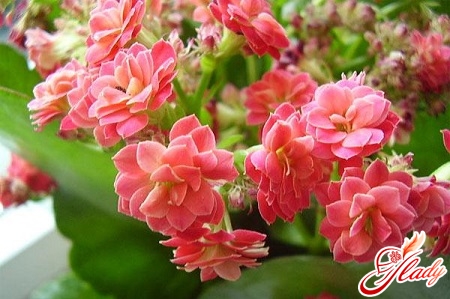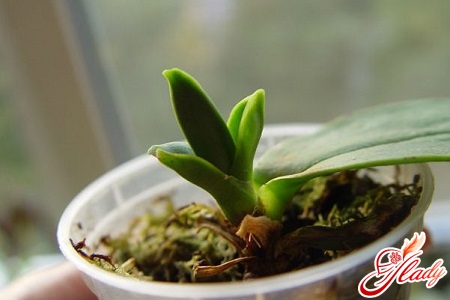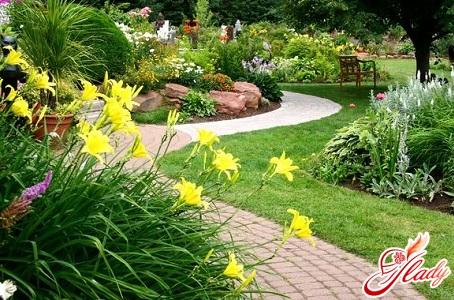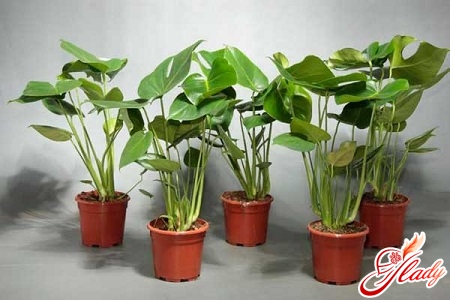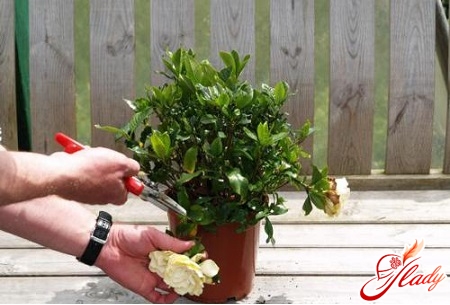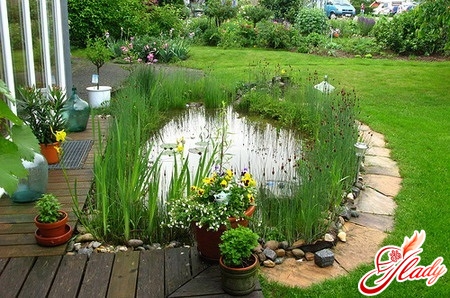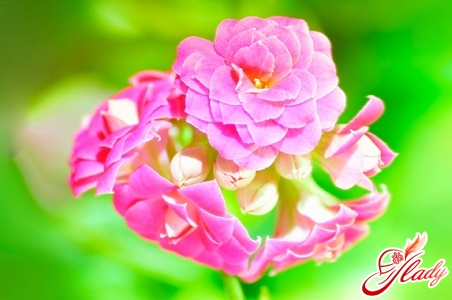 Many of the inexperienced in floriculture peopleKalanchoe is associated with a home flower, which has medicinal properties and is not distinguished by special decorative features. And yet this houseplant is far from being the only species that we are accustomed to see on the windowsills in the houses of our grandmothers. There are among Kalanchoe and beautifully blooming specimens, which today have become very and very popular. And among them is the Kalanchoe of Blossfeld, which can be bought in almost any flower shop. However, if you buy this flower from the store or receive a gift, not everyone can keep it for a long time and wait for a second flowering. And the whole point is that the indoor flowers, grown in greenhouses, which then go on sale, are subjected to special treatment. First, the plant is provided with a special light regime that promotes lush flowering, and secondly, it is treated with growth stimulants. In the home environment to create a flower similar conditions are very difficult. Therefore, the Kalanchoe dies shortly after flowering, and the pot with the plant goes into the trash. And this despite the fact that the Kalanchoe of Blossfeld is considered an unpretentious plant, which does not require special care and any special conditions of detention. Not many people know that during transplantation and proper care it is quite possible to preserve the flower and even multiply it, having received new copies adapted to room conditions. How to do this and what this houseplant is, we will try to find out.
Many of the inexperienced in floriculture peopleKalanchoe is associated with a home flower, which has medicinal properties and is not distinguished by special decorative features. And yet this houseplant is far from being the only species that we are accustomed to see on the windowsills in the houses of our grandmothers. There are among Kalanchoe and beautifully blooming specimens, which today have become very and very popular. And among them is the Kalanchoe of Blossfeld, which can be bought in almost any flower shop. However, if you buy this flower from the store or receive a gift, not everyone can keep it for a long time and wait for a second flowering. And the whole point is that the indoor flowers, grown in greenhouses, which then go on sale, are subjected to special treatment. First, the plant is provided with a special light regime that promotes lush flowering, and secondly, it is treated with growth stimulants. In the home environment to create a flower similar conditions are very difficult. Therefore, the Kalanchoe dies shortly after flowering, and the pot with the plant goes into the trash. And this despite the fact that the Kalanchoe of Blossfeld is considered an unpretentious plant, which does not require special care and any special conditions of detention. Not many people know that during transplantation and proper care it is quite possible to preserve the flower and even multiply it, having received new copies adapted to room conditions. How to do this and what this houseplant is, we will try to find out.
Biological Description
Kalanchoe of Blossfeld comes from the island of Madagascar. This is a perennial plant belonging to succulents and represented by more than two hundred species. The flower grows by a small compact bush no more than thirty centimeters high. It has fleshy dark green leaves with a smooth shiny surface, crenate edges and a reddish fringe. Leaflets small, ovoid in shape, reaching a length of seven centimeters, assembled into rosettes. Over the rosette of leaves, there are quite long peduncles, crowned with a lush bouquet of small tubular flowers, which in the inflorescence can number more than sixty. Flowers of different species of Kalanchoe Blossfeld are white, orange, red, yellow, purple or pink. There are varieties with simple and double flowers. Blossoms this room succulent for a long time: from spring to autumn. The duration and periodicity of flowering, as well as the development of the plant itself and the budding of buds affect the duration of daylight hours. It is a short light day that provides a lush and regular flowering of this plant. And this, perhaps, is the only feature of this indoor flower. In all other respects he is unpretentious: he does not require special care and specially created conditions of detention. Note that in addition to decoration, this succulent has also healing properties, as well as other types of Kalanchoe. 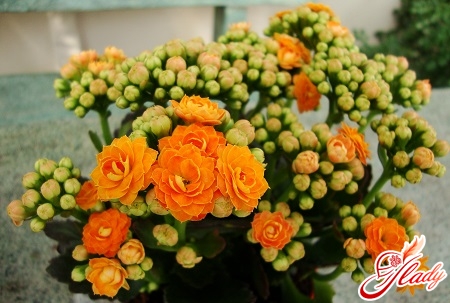
Care of the plant
Becoming the owner of this beautiful roomflower, you, first of all, should find a suitable place for him. The best Kalanchoe will feel on the windowsills of the southern, eastern and western windows. And on the southern window of the plant must be moved in the winter. In spring and summer, this indoor flower perfectly feels and in the open air, so you can safely take it to the balcony, to the veranda or to the garden. Just do not forget to shade it from direct sun, as succulents do not tolerate bright sunlight. If in this period the plant remains in the room, then the room should be periodically ventilated. For planting and transplanting Kalanchoe pick up a small flower pot. Ideally, it should even be a little tight for the plant. The soil needs to be taken well drained and necessarily with an admixture of sand. Water the plant in the spring-autumn period abundantly, waiting for the drying of the soil, and in winter, watering is reduced. Kalanchoe does not need to spray and moisten the air near the flower, as the fleshy leaves of this plant retain moisture well. At the beginning of the active period Kalanchoe must be fed with complex mineral fertilizers. Top dressing is carried out approximately twice a month and is stopped with the appearance of the first flowers. In summer, it is necessary to loosen the soil in a pot with a flower and do it at least twice a week. After the flowering period, the plant passes to the resting stage, and it needs a slightly different care than in the active period. At this time, you need to remove all peduncles, move the flower pot to a shady (but not dark!) Place and water it very moderately. And in the first month after the end of flowering Kalanchoe watered very rarely. In the second month of the rest period, the pot is moved to a light window sill and watered sparingly, but regularly. It is important to remember that at any time of the year the Kalanchoe does not tolerate stagnation of water in the soil. Therefore, after watering, it is necessary to wipe dry the bottom of the pot and the pan. Proper care for this plant includes an annual transplant. Since the beginning of spring, the flower together with an earthen lump needs to be transferred to a new flower pot with a diameter a couple of centimeters larger than before. If, before the start of the transshipment, you notice red or yellowed leaves, signs of decaying roots or plant damage by parasites, then it must be transplanted into a new soil mix. At the same time, completely remove the soil from the roots, cut dry or rotten patches of roots and replace the drainage. Begin to feed the plant can be three to four weeks after the transplant.
Reproduction
All species of Kalanchoe breed easily in the homeconditions. Reproduction is carried out by leaf cuttings, new shoots and the method of stalking. The easiest way is to obtain new specimens of this plant with the help of stem cuttings. Reproduction by this method is as follows. In an adult plant, several young shoots are cut from ten to fifteen centimeters long. It is necessary to take parts of stems with an even number of internodes - two or four. Cuttings cut with a sharp knife, pre-disinfected blade. From the bottom of the cut cuttings, carefully remove the leaves, and cut the place of the cut, leaving the stalk on the air for two hours. After this, the stalk is planted in soil from peat and moist sand, dipping the seedling by five centimeters. The earth around the cuttings is compacted, and the seedling does not hide - in the mini-parasols the Kalanchoe does not need. However, it is necessary to provide the young plant with a constant temperature regime (about 25 degrees Celsius) and regular but moderate watering. It is also necessary to protect newly planted cuttings from cold and drafts. To eventually get a compact and lush bush, you can plant several cuttings at once in a permanent pot. Reproduction of Kalanchoe is carried out in spring or summer. It is also possible to multiply this plant with leaf cuttings and seeds. When reproducing leaf cuttings, the whole leaf of the plant is placed on a moist soil and pressed lightly. After a while, the leaf takes root around the perimeter, and then children appear along its edges. Care of the cut leaf cuttings is standard - maintaining a constant temperature and careful moderate watering. Seeds of Kalanchoe give shoots at a temperature of 20-25 ° C. 
Diseases and pests
In fact, all types of Kalanchoe are not only consideredThey are unpretentious, but also resistant to possible diseases. However, improper care can provoke the appearance of diseases and even lead to the death of the plant. So, for example, excessive watering causes the drawing of plants, grinding and discolouring of leaves and decay of the stem and roots. If you notice that the stems of the Kalanchoe started to stretch and the leaves turn pale, you need to shorten the watering and cut off the top of the plant. By the way, the cut cut can be rooted. When there is a lack of moisture on the leaves dry patches of brown appear, and later the leaves fall off. Therefore, it is necessary to monitor the timely watering of the plant and not allow the drying of the earth coma. If on the leaves of the Kalanchoe there are wet brown spots, then this may indicate viral or bacterial diseases. In this case, all the affected leaves are removed from the plant and treated with fuginsides. Pests of flower plants rarely attack the Kalanchoe. However, the lower part of the aphid plant leaves can not be ruled out. It is combated in the traditional way, applying insecticides or treating the plant with a soap solution. In general, with proper care your Kalanchoe of Blossfeld will have a healthy and blooming look. Agree that this beautiful flowering houseplant can not be called demanding or unnecessarily capricious. And your care and attention will necessarily pay off with a long and lush flowering of the so unpretentious and responsive to the care of a green pet. We advise you to read:




